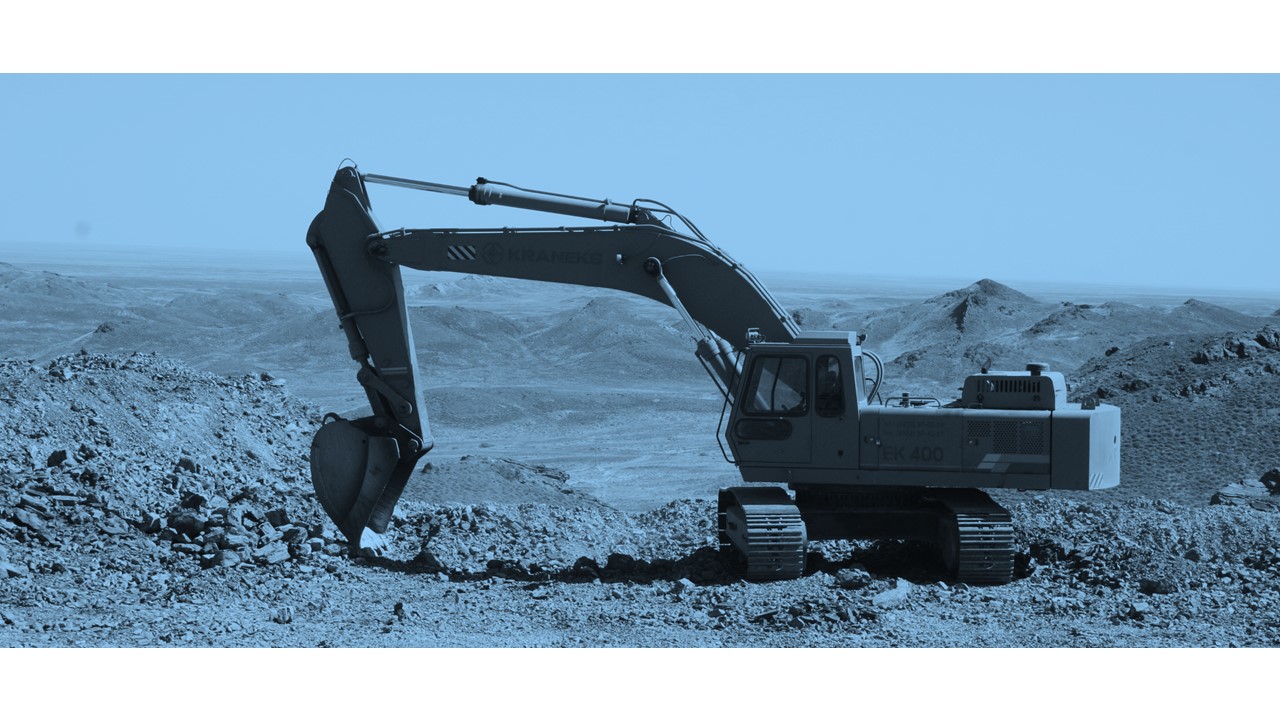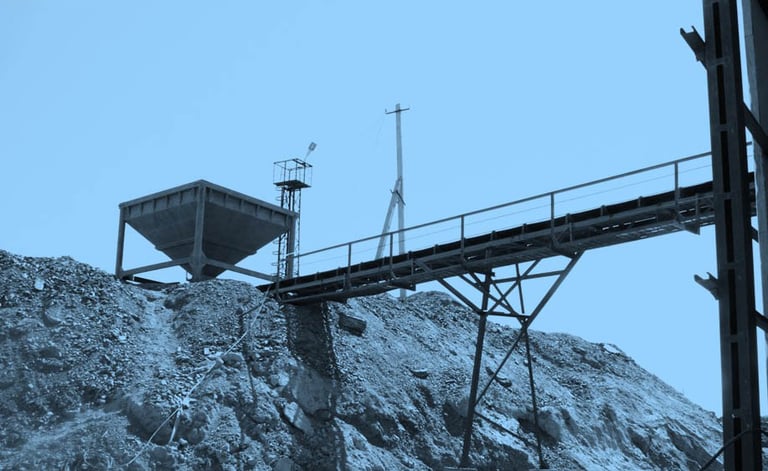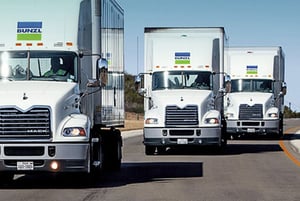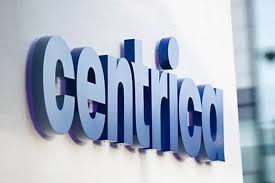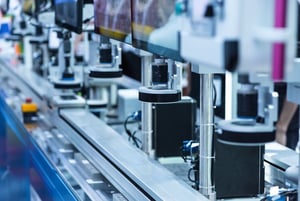Ferro-Alloy Resources Ltd (LON:FAR) Chief Executive Officer Nick Bridgen caught up with DirectorsTalk for an exclusive interview to discuss their new technology for the production of electrolyte for vanadium flow batteries, the significance in the vanadium market, meeting high purity requirements and the issuance of a small bond.
Q1: You announced earlier that the company has developed technology for the production of electrolyte for vanadium flow batteries. For those of us that don’t know, can you just explain what vanadium batteries are?
A1: This is an energy storage technology that’s very much tied into the green energy story. Everyone knows that an increasing proportion of energy is going to come from wind and solar, the problem is they’re intermittent so along with that there needs to be an energy storage system to even out the inputs and outputs.
Lithium-ion batteries has taken most of the news recently and that technology is very well developed but it’s got disadvantages when it comes to long-term energy storage, principally they wear out after a few cycles. We know from our laptops and mobile phones, they have what’s called ‘thermal runaway’ which means they tend to catch fire.
For long life infrastructure project, they tend to be quite high cost, now vanadium flow batteries use a different technology, they use the character of vanadium where it comes in various different oxidisation states to charge up one side of the battery into and pump the electrolytes through battery.
The advantages is it never runs out and it can be fully charged and fully discharging any number of times without damage and can be scaled and doesn’t suffer from thermal runaway. So, there’s a lot of advantages, the downside is that it’s more costly but on a levelized cost base, in other words taking the whole 20-year life, it’s very competitive and this is the technology that is expected to take a very big share of the energy storage market for big infrastructure group support batteries as opposed to little localised backup batteries where lithium-ion is ideal.
So, this is an evolving story, the vanadium price went through the roof a little while ago, vanadium batteries lost favour but they’re all getting going again now so I’m expecting some big news later this year or next year on an expansion of this market.
Q2: What significance will vanadium flow batteries on the vanadium market?
A2: Well, potentially huge because the vanadium market is quite small, and depending on which forecasts you read, this new market for vanadium in electrolytes for batteries could be as bigger market again than we’ve got already. One estimate I saw showed it nearly twice as big as the current market so relative to the scale of the vanadium market, it transforms it.
Q3: Talking of significance, what is the significance of your new technology?
A3: The important thing really is we have the knowhow on how to do it, we’ve developed technology that’s ideal for our production process. We produce AMV’s and it means that instead of producing V205 and going from that to electrolytes, we can produce electrolytes directly from AMV which has a cost advantage as we’re cutting out steps.
We’ve got the knowhow to do it and quite importantly, vanadium electrolyte requires high purity, all the different manufacturers have their own specs but all of them require quite high purity, it’s much easier to purify AMV.
We’re positioning ourselves to take a big part in this expanding market.
Q4: Just to reiterate, the electrolyte you’ve said has to be high purity, can you meet those requirements?
A4: Yes, we have our existing production process which is less relative in the long-term. Our project, our own mine, naturally produces quite high purity anyway because of our processes and because of the type of ore it is but with this process of making AMV, going through AMV, AMV is much easier to purify.
So, we can meet any spec, obviously they’d have to be a discussion with the different manufacturers of batteries as to what spec they want, there’s no point in meeting a spec higher than they need because higher purity costs more money. In general, we can make anything they require and our initial project is high purity anyway.
Q5: Also, in the news, there was a bond issue, only a small bond but can you explain to us why that was issued?
A5: It’s just an ongoing programme, Ferro-Alloy Resources has got an arrangement with the Astana International Stock Exchange where we can issue these bonds really as and when we have investors who want to invest by that route. So, this is just another step in that programme.


